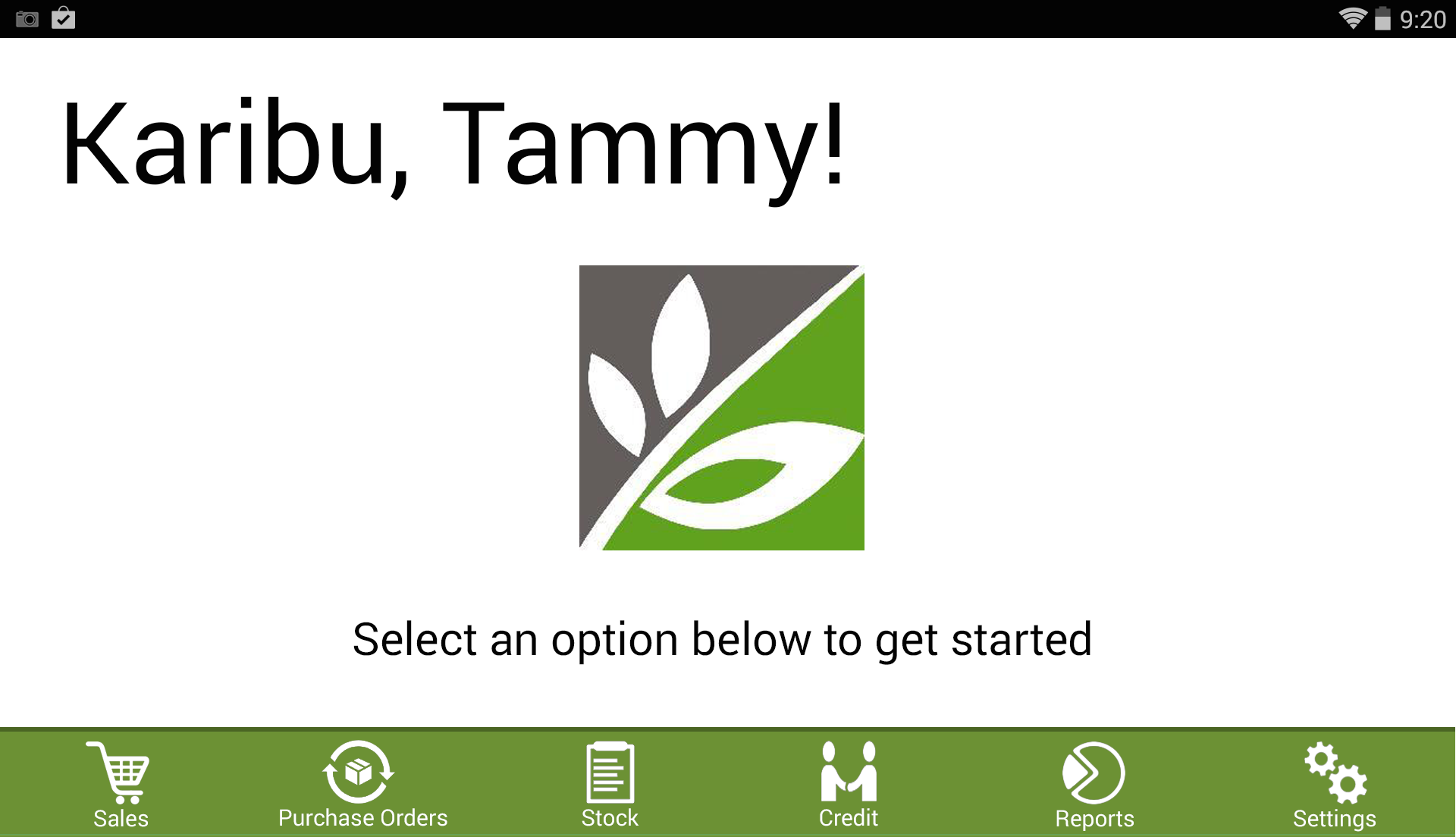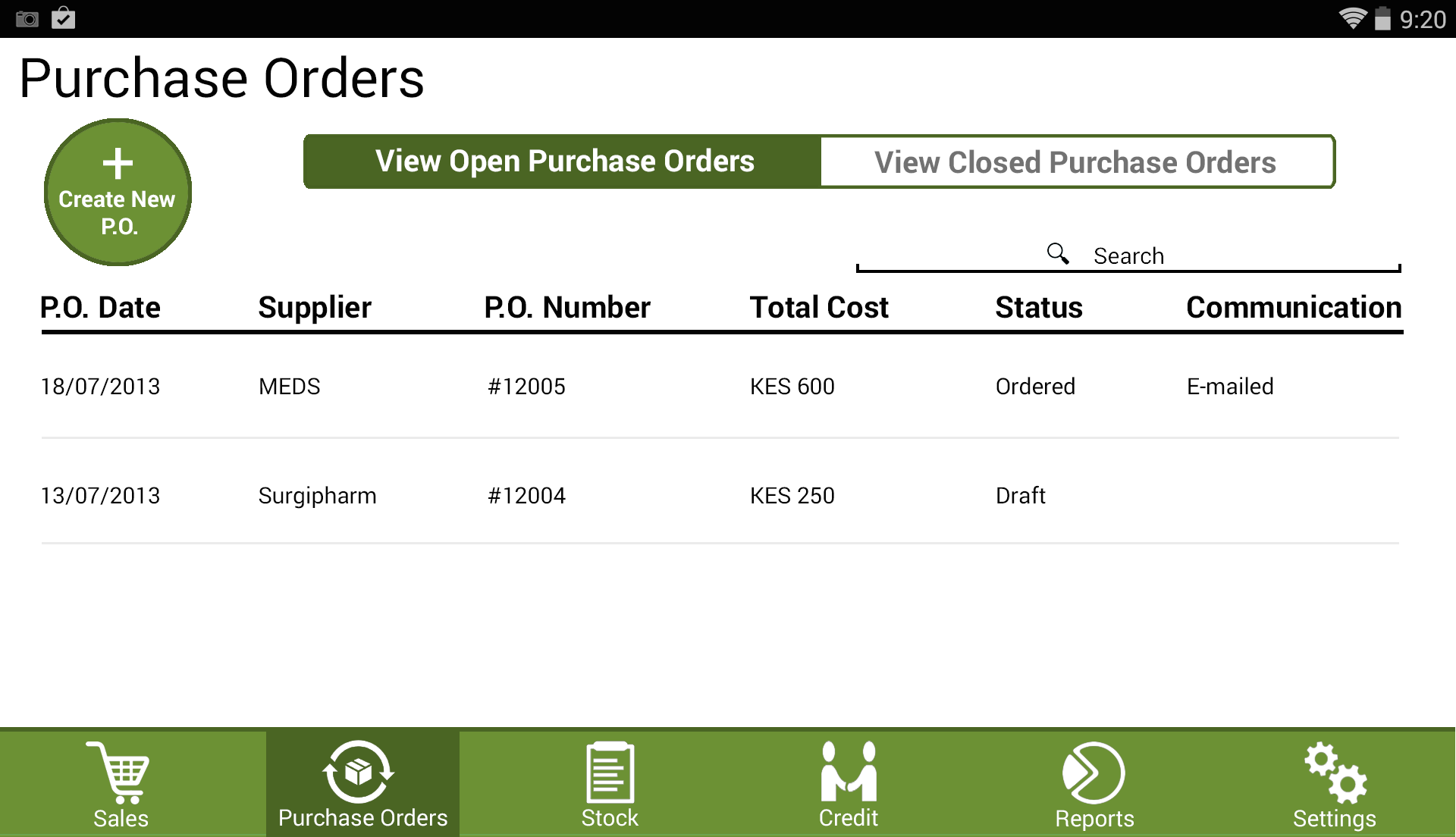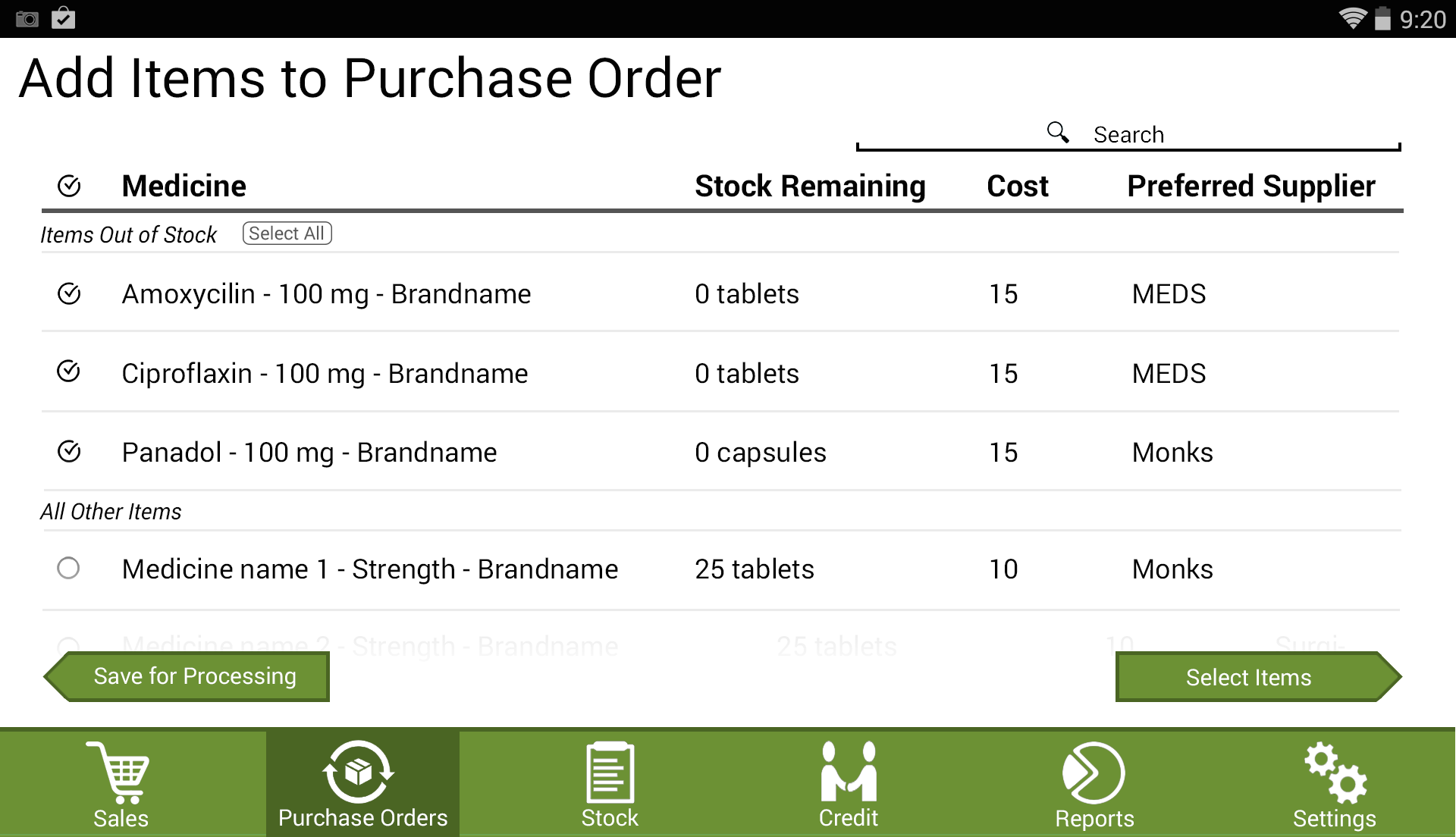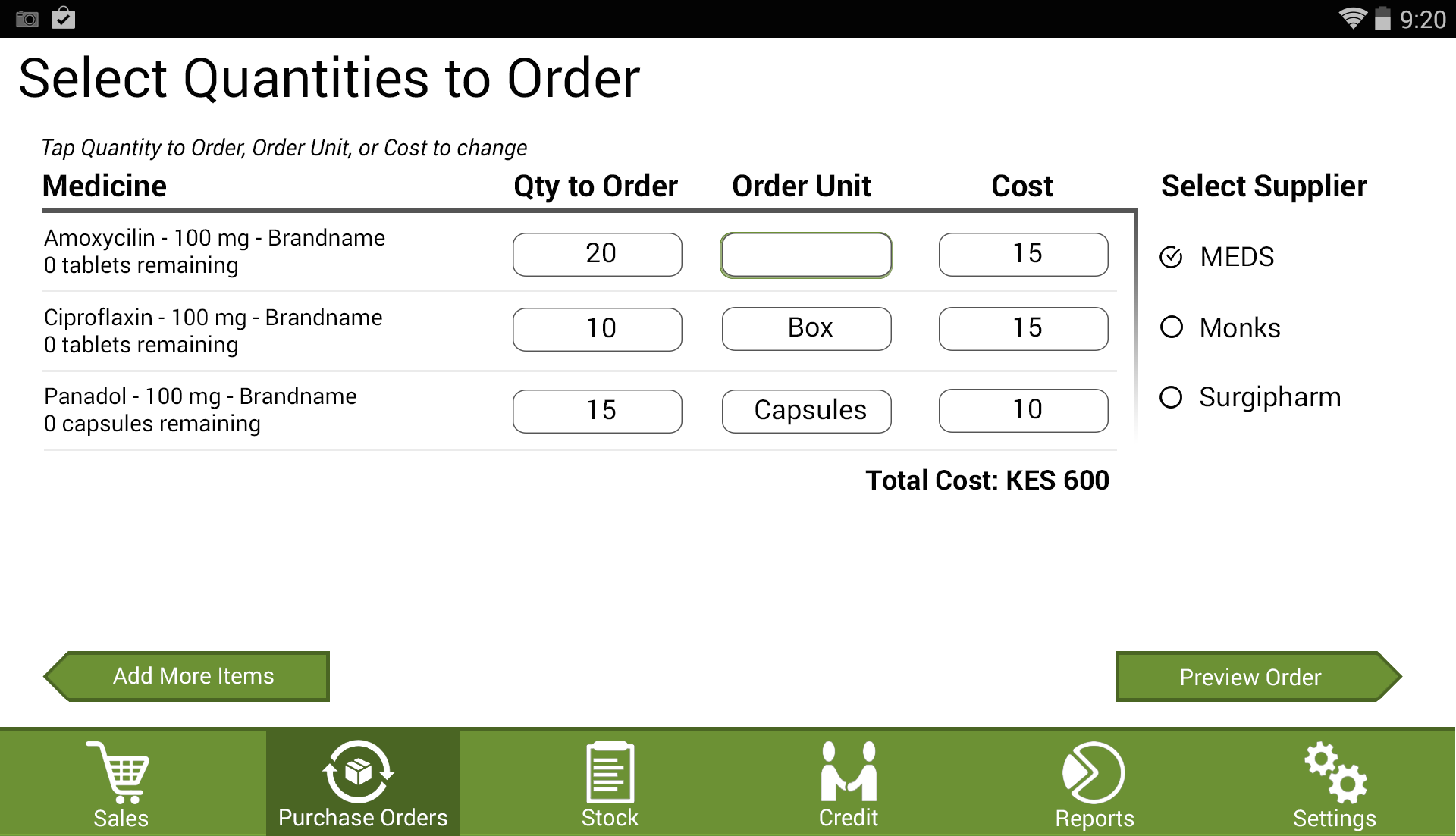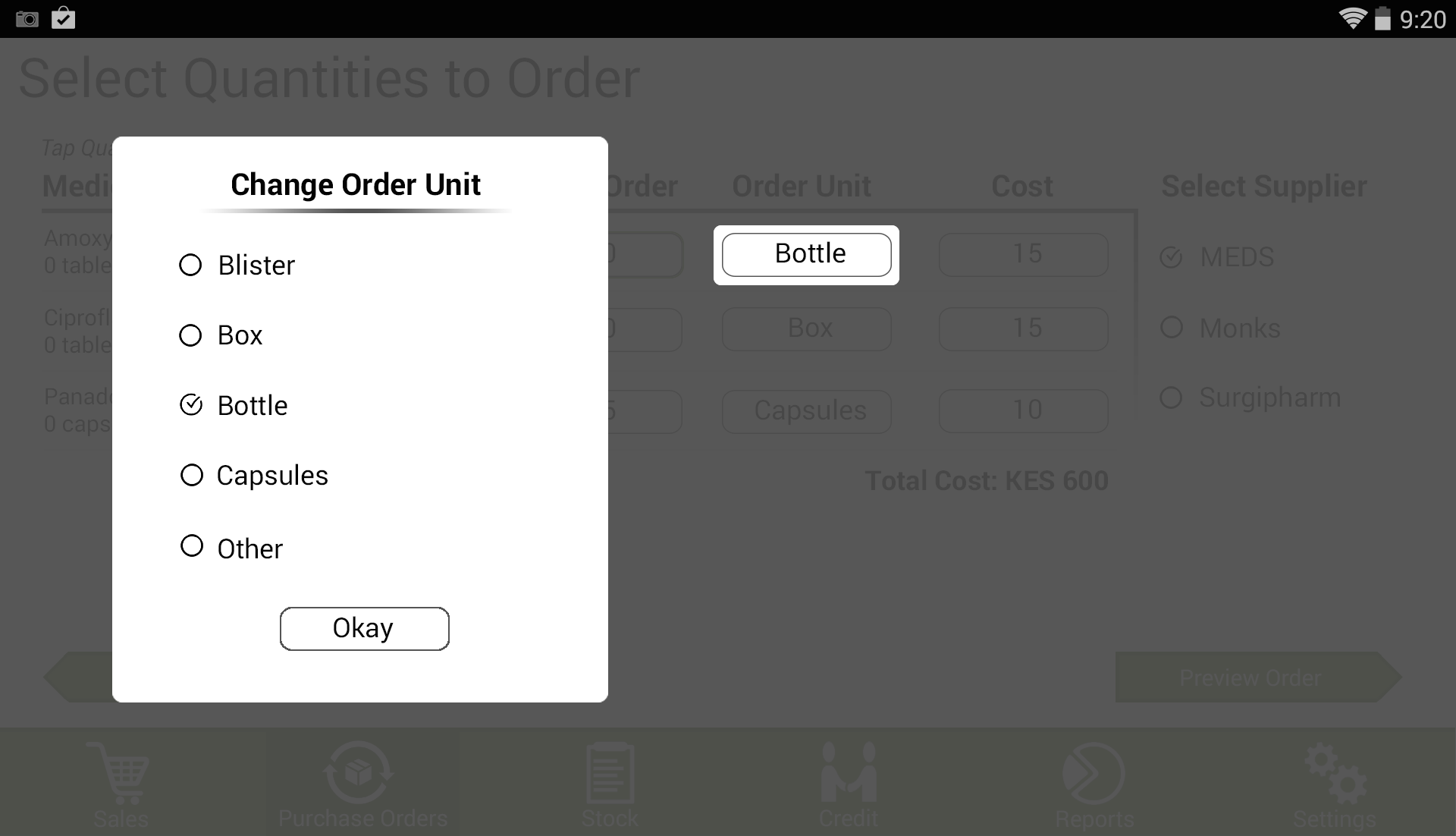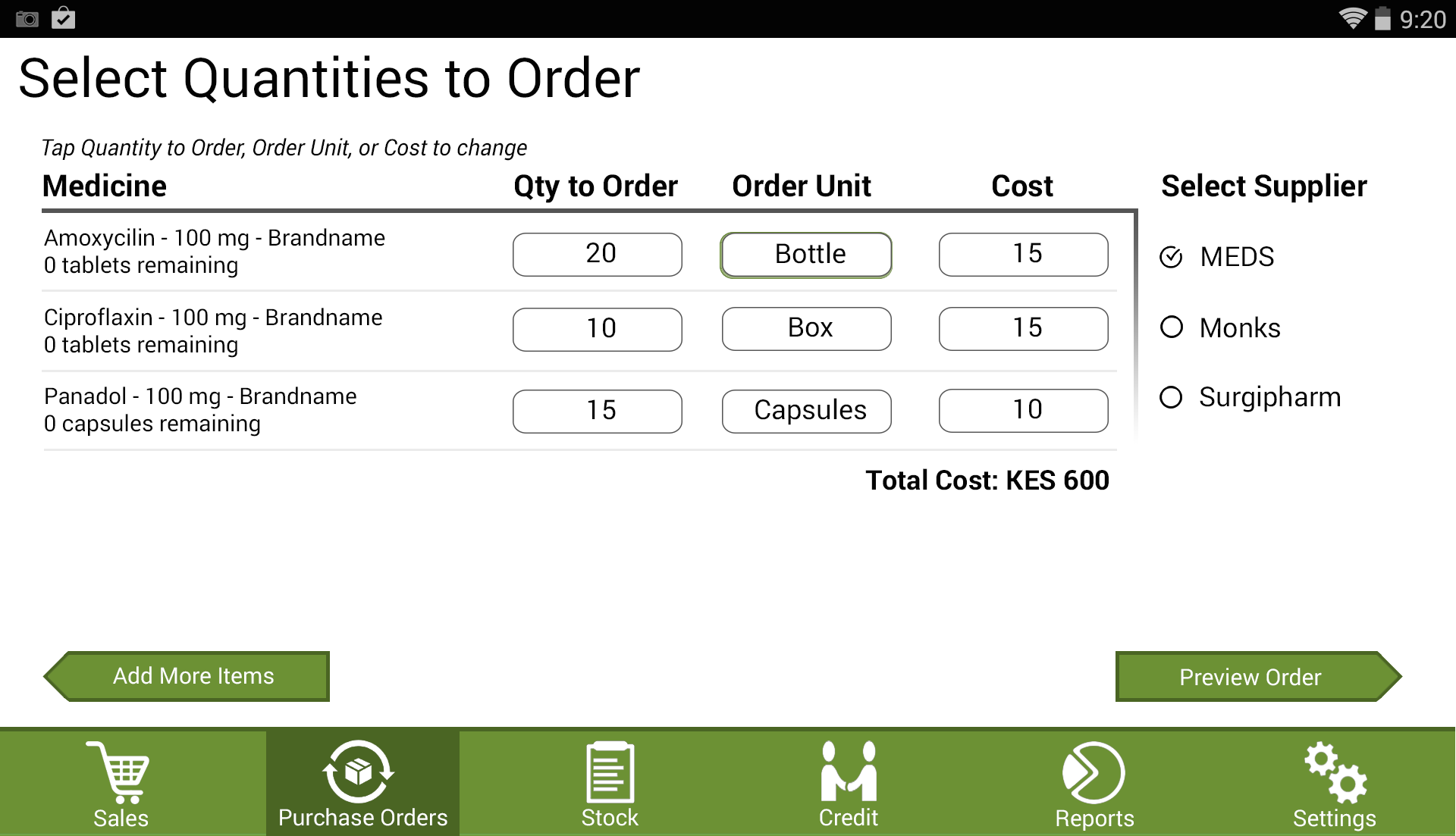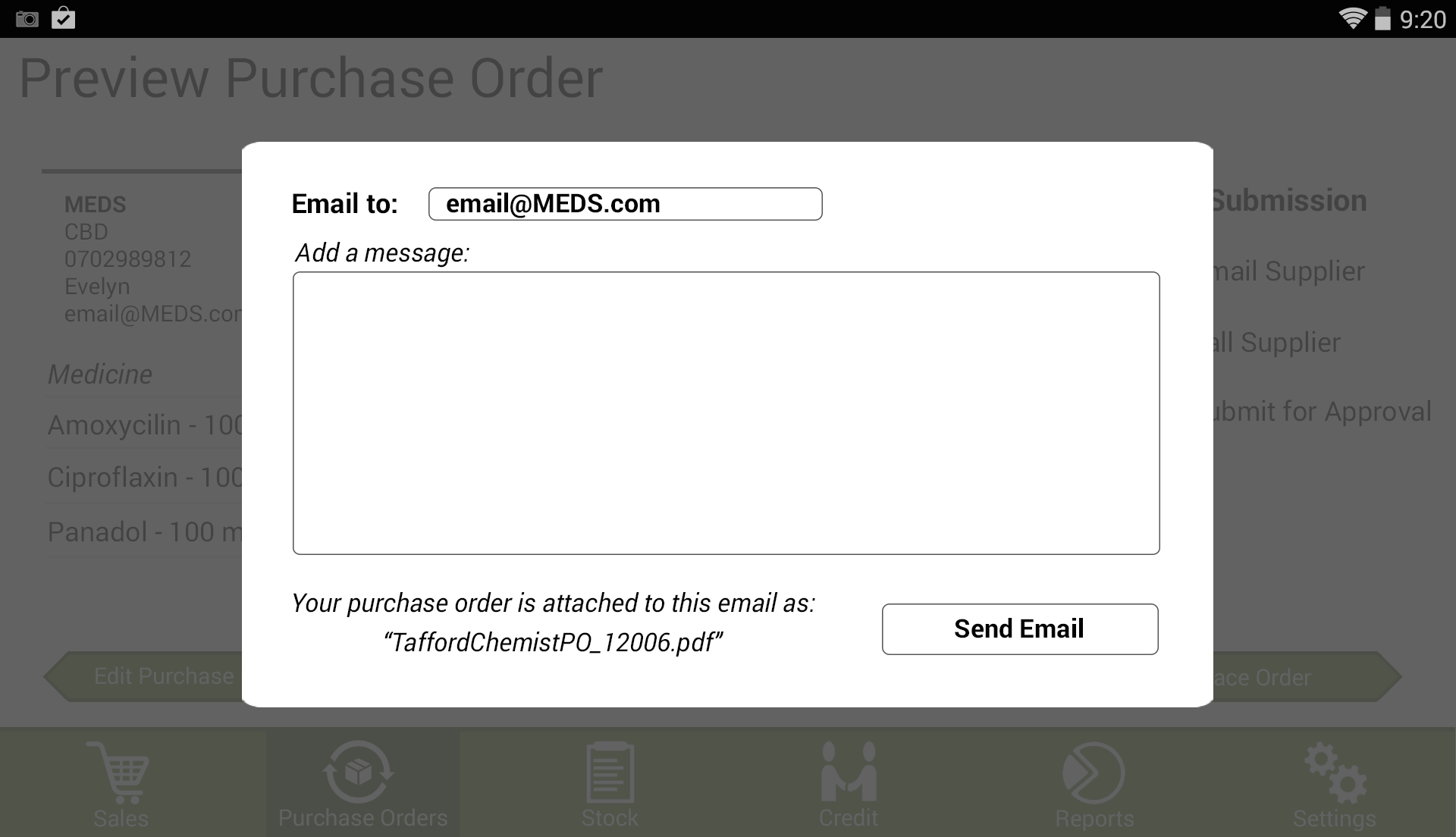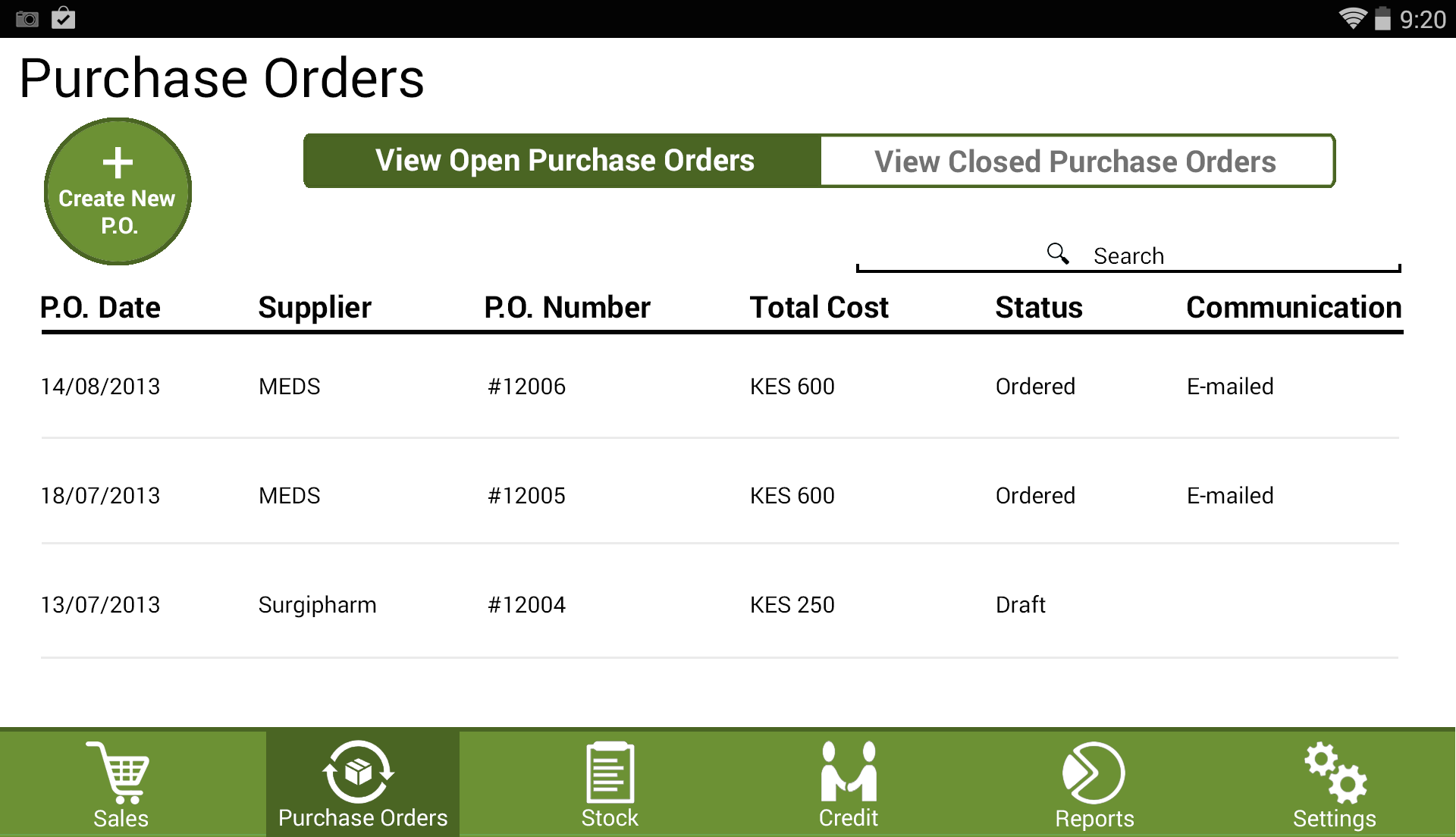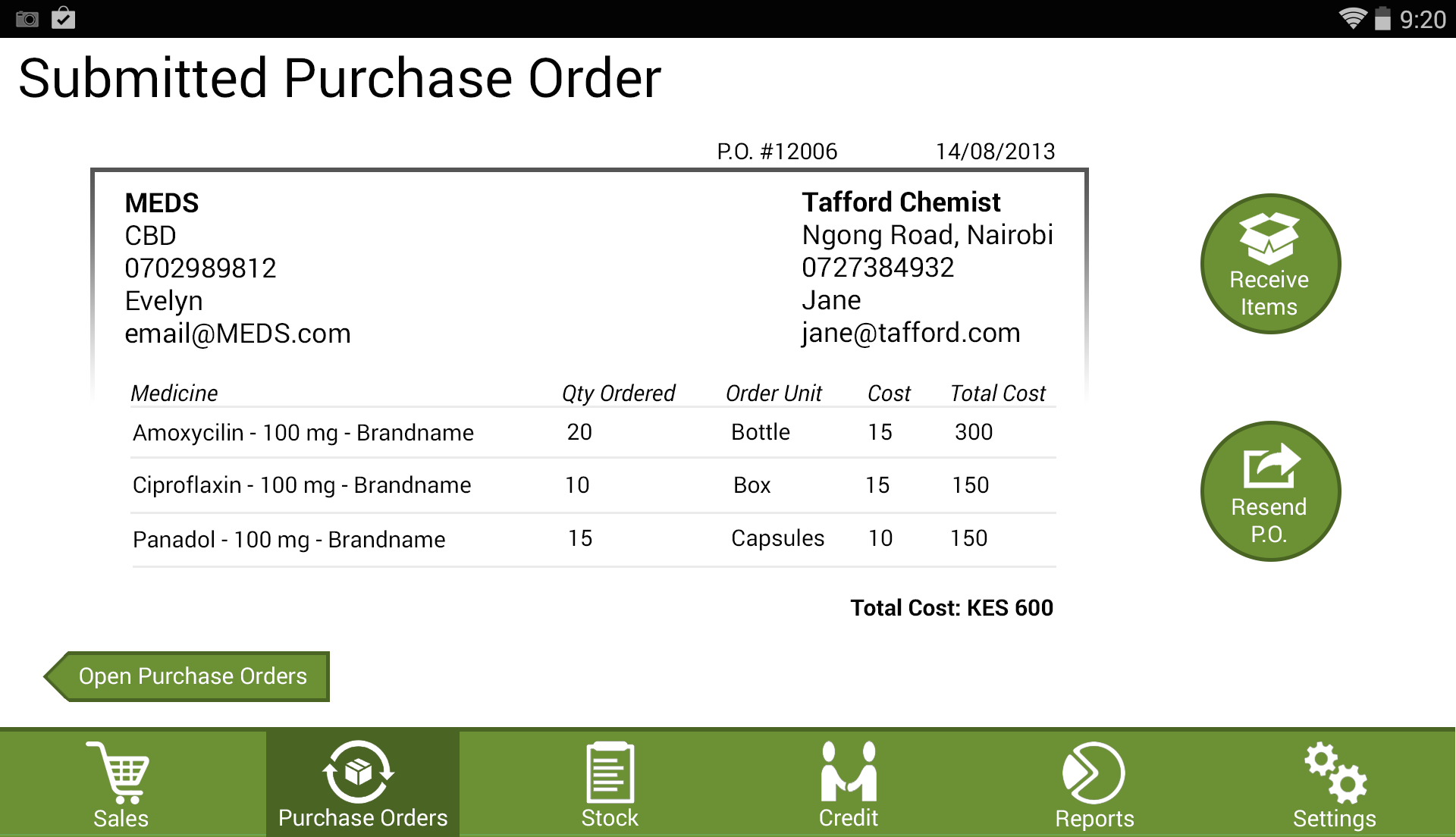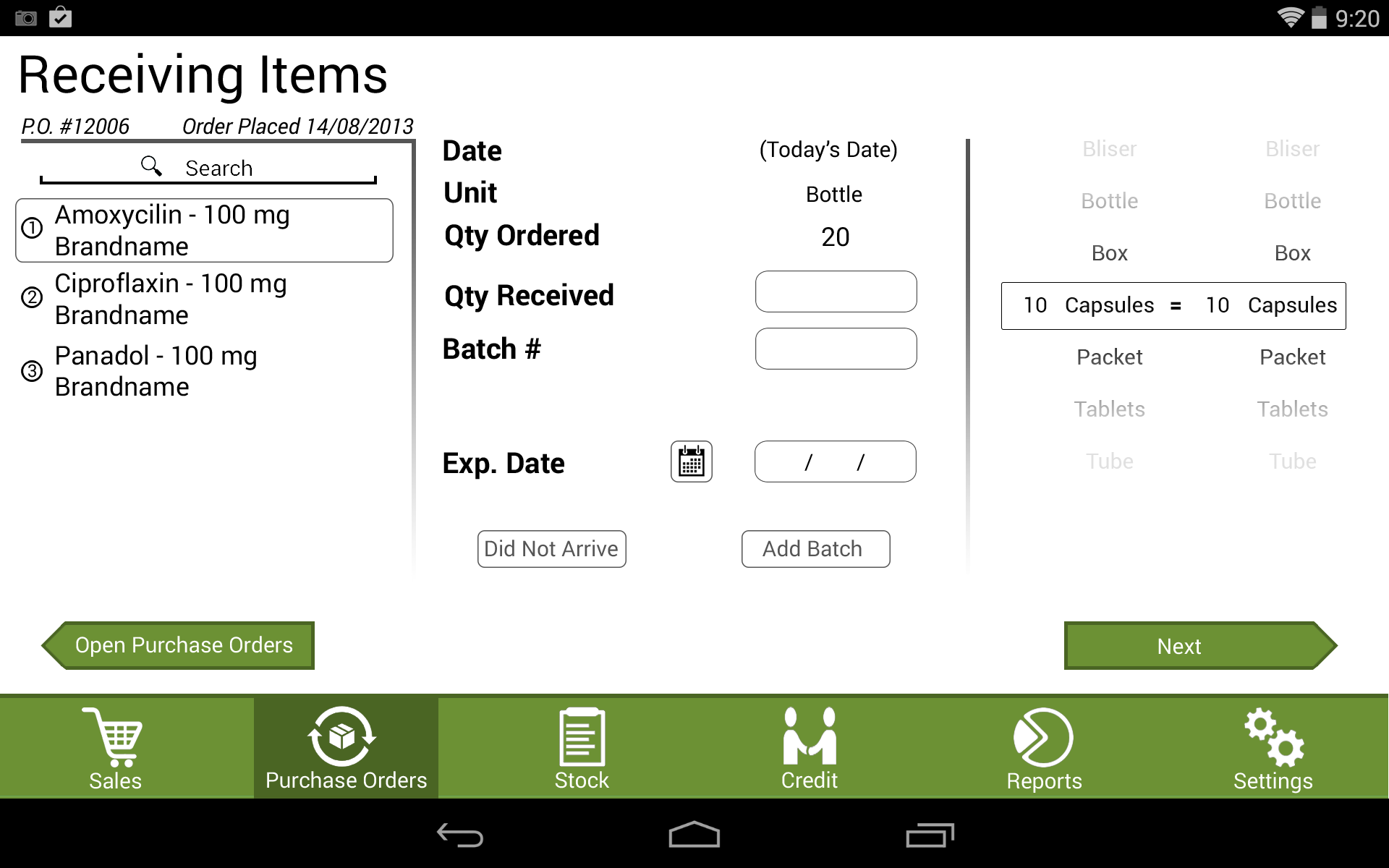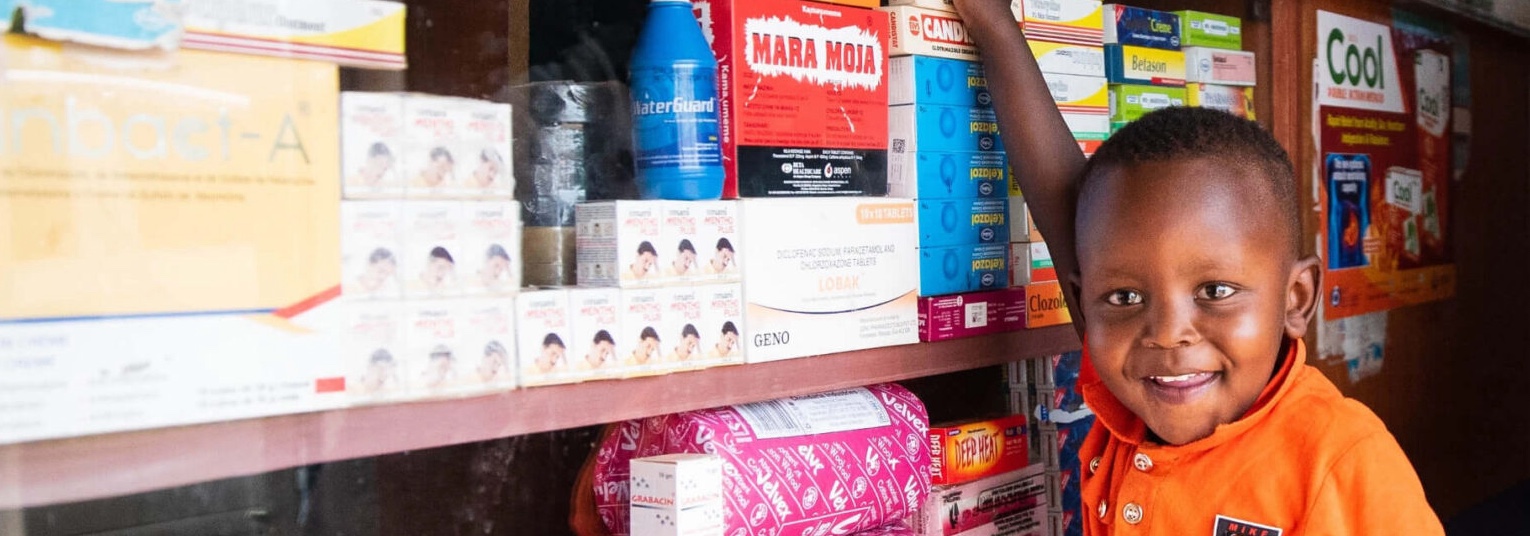
Remote pharmacy
Gallery
Research & Cultural Understanding
Working with Miti Health (now Maisha Meds) in 2014 required deep understanding of how rural Kenyan pharmacies actually operated. Through photo documentation and field research, I discovered that pharmacists had developed sophisticated paper-based systems that worked efficiently within their environment.
The key insight was that these weren’t outdated methods—they were optimized workflows that had evolved to meet specific needs. Any digital solution needed to respect and enhance these existing patterns rather than forcing completely new behaviors.
Design Process & Implementation
I conducted a comprehensive UX audit while reviewing extensive photo documentation of pharmacists at work. This research revealed the importance of desk-based organization and the tactile nature of their information management systems.
The design process focused on translating rather than replacing these workflows. Instead of asking pharmacists to learn new digital paradigms, I created interfaces that felt like natural extensions of their paper-based expertise.
User Experience Innovation
The breakthrough was understanding that digital adoption in this context wasn’t about modernization—it was about enhancement. The interface needed to feel familiar while providing the advantages of digital systems: backup, searching, reporting, and connectivity.
By incorporating visual elements reminiscent of traditional forms and maintaining the logical structure of desk-based workflows, the digital system became a tool that amplified existing expertise rather than replacing it.
Impact & Validation
Field feedback confirmed the approach’s effectiveness. Pharmacists described the redesigned interface as intuitive and familiar, validating the strategy of building bridges between physical and digital workflows rather than creating entirely new patterns.
This project demonstrated that successful technology adoption in traditional environments requires respect for existing expertise and careful translation of proven workflows into digital advantages.
